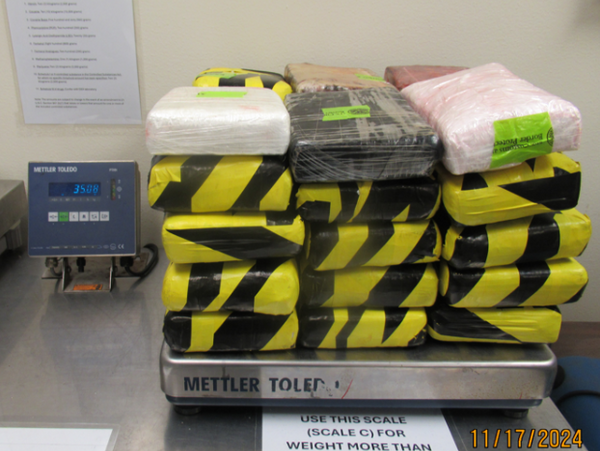
Core inflation is what’s left if the retail rate is stripped of volatile price inputs, like those of food and fuel. It offers a less-shaky view of how prices hardened all around, which can happen in the shock of an oil flare-up that sets off a general cost upsurge as price mark-ups feed their way across the economy. In India’s case, we have had to worry about a kick-in of faster-rising wholesale prices too. Plus, the very worry of hard times can cause further hardship, as sellers charge more and employees ask for pay hikes. The shock thus moves in waves and gets reflected in the core rate, a heat-up of which is an indication of a persistent price upswing. How it’s best calculated is open to debate, but Thursday’s data suggests that even the CPI’s core is well above its danger mark of 6%. Estimates put it in a scary range of 6-7%. Now, while an economy can behave in odd ways, as it depends on a lot of diverse factors, that core gauge under watch has begun to look ‘critical’ in the sense of requiring either drastic action to contain an even wider fallout or a formal explanation of failure by RBI. If nerves on Mint Street have been taut, they should be. It is unnervingly unclear if tighter money at a negative real rate of interest can really dampen prices by mid-2022-23, RBI’s deadline.
Of late, RBI has no doubt shown urgency on inflation. Its tone on 4 May, when it raised its main lending rate from 4% to 4.4%, hinted at not letting its role as the government’s debt manager get in the way of price control. Yet, inexplicably, it has not yet shifted its policy stance to ‘neutral’ from ‘accommodative’. It also seems as if the pre-reform approach retains influence over its rate-setting panel, with a demand flare-up seen as needing tighter money with due alacrity, but not a supply shock. For decades, we told ourselves that our supply constraints made inflation a moving target by and large beyond reach. But now that we have sought a handle on the internal value of the Indian rupee, let’s not dither on inflation targeting. Sure, this monetarist dare could yet fail, proving its critics right. Faced with its first real test, however, this historic policy trial must not let us down for want of a champion.







